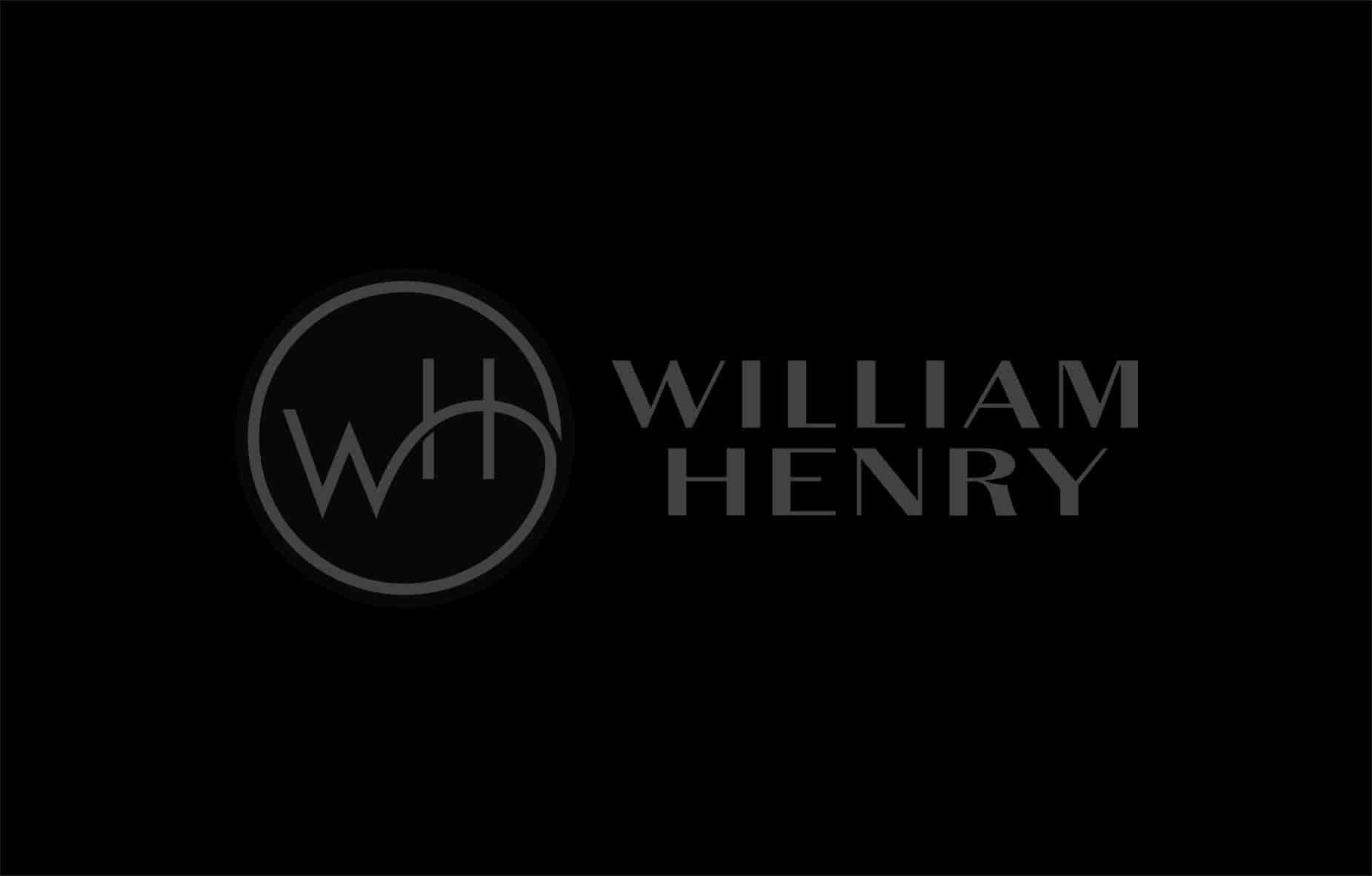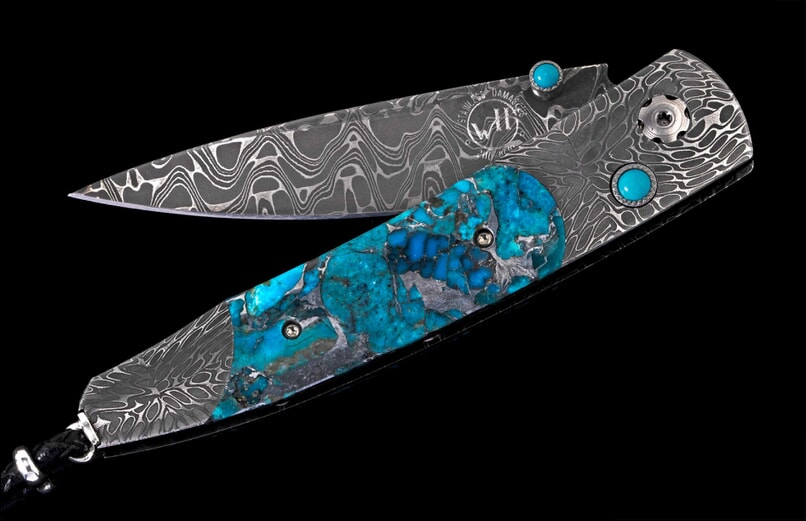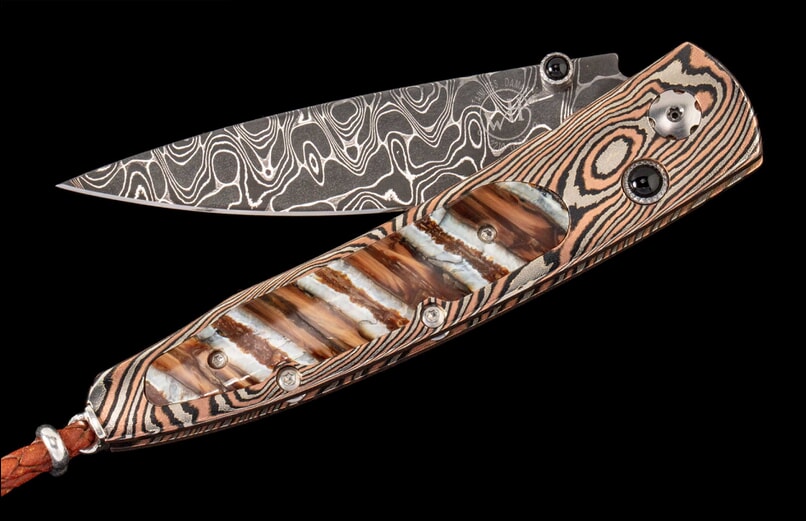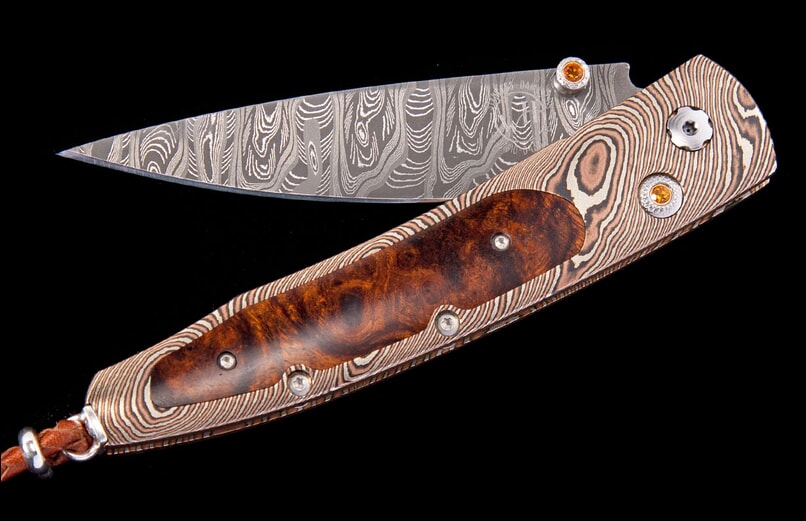Shop
- Curated
- Hand-Engraved Knives
- One of a Kind - NEW
- Pearl Jewelry
- Jewelry Special Deals
- Skull Jewelry
- Women's Favorites
- Personalize/Engrave
- Exclusive Edition Knives
Materials & Artistry
|
The Brand
- Discover
- About us












